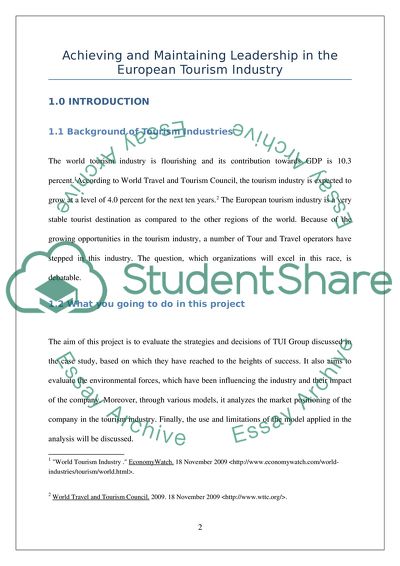Cite this document
(Achieving and Maintaining Leadership in the European Tourism Industry Case Study, n.d.)
Achieving and Maintaining Leadership in the European Tourism Industry Case Study. Retrieved from https://studentshare.org/tourism/1729724-mba-strategic-management
Achieving and Maintaining Leadership in the European Tourism Industry Case Study. Retrieved from https://studentshare.org/tourism/1729724-mba-strategic-management
(Achieving and Maintaining Leadership in the European Tourism Industry Case Study)
Achieving and Maintaining Leadership in the European Tourism Industry Case Study. https://studentshare.org/tourism/1729724-mba-strategic-management.
Achieving and Maintaining Leadership in the European Tourism Industry Case Study. https://studentshare.org/tourism/1729724-mba-strategic-management.
“Achieving and Maintaining Leadership in the European Tourism Industry Case Study”, n.d. https://studentshare.org/tourism/1729724-mba-strategic-management.


